
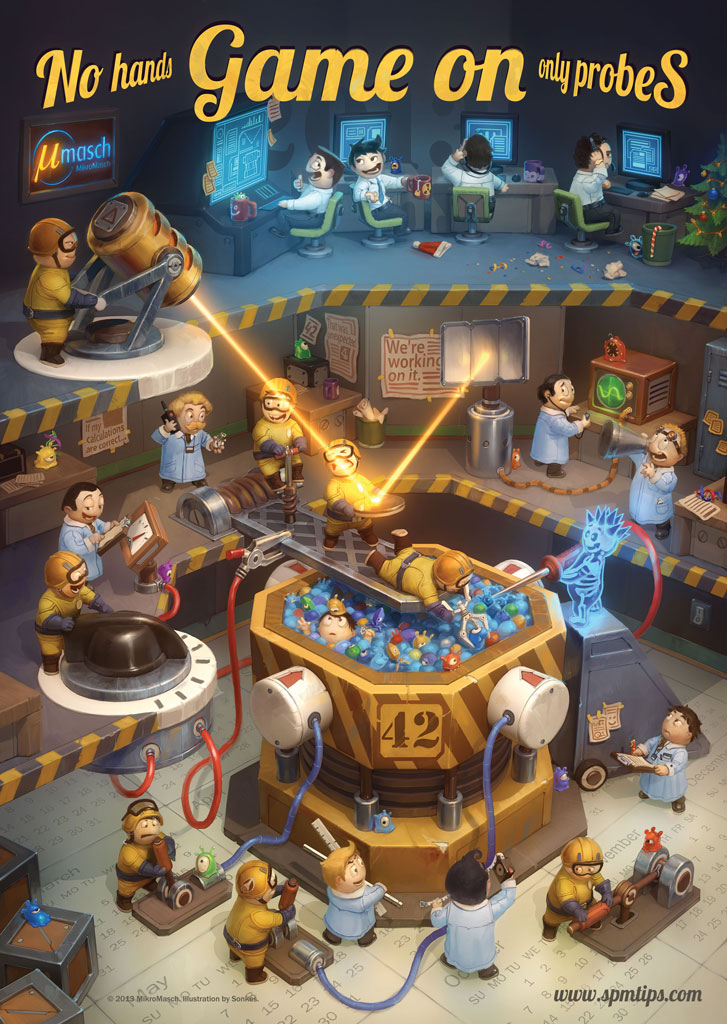
Explore our collection and download your favorite poster to use as your desktop and mobile background or request a printed copy!Mon Jun 23 2025
You: “I need high-quality AFM probes, at an affordable price.”
MikroMasch: “We got you.”
You: “I also need free, fun, visually stunning HD and 4K wallpapers.”
MikroMasch: “You wouldn’t believe this…”

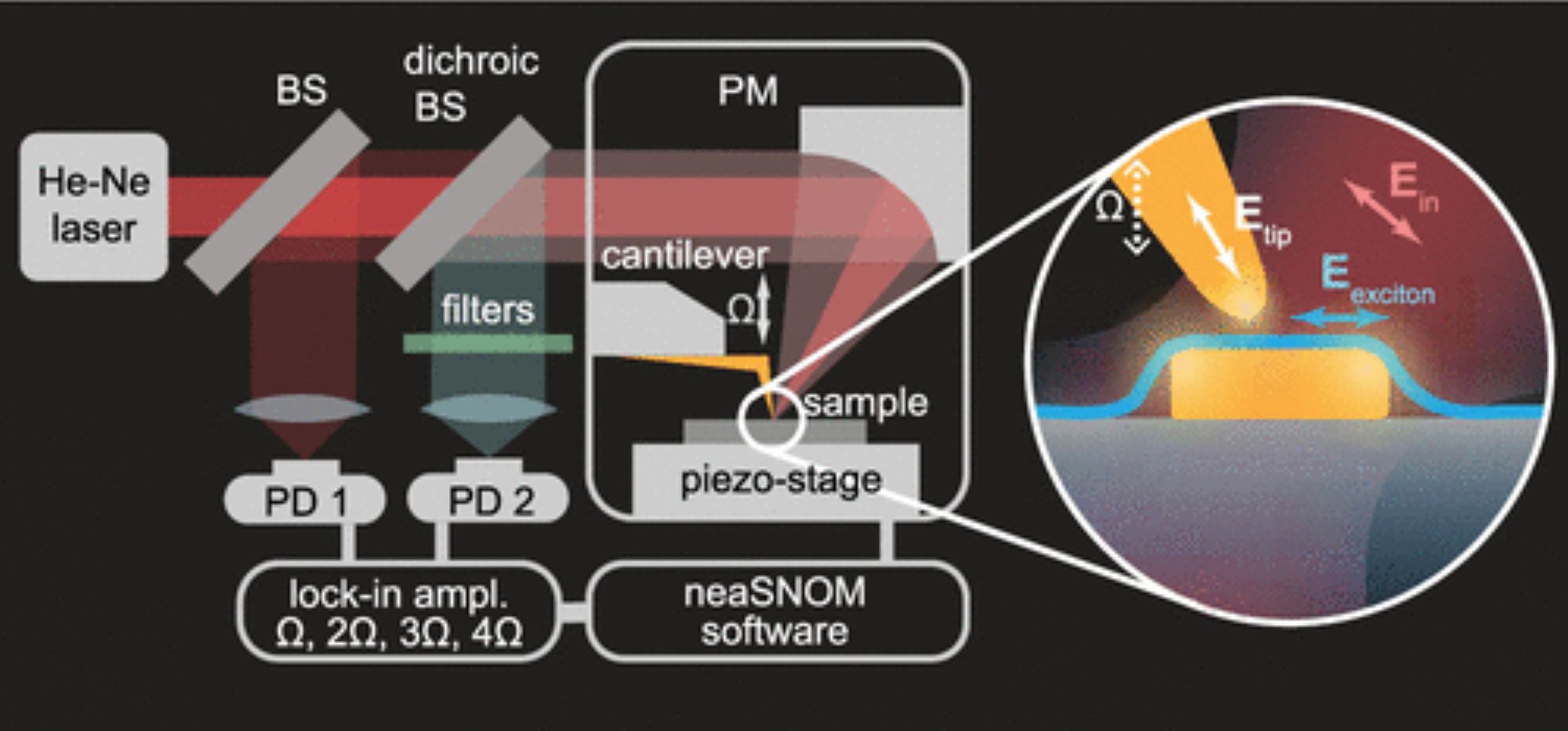
Enhanced Exiton-Plasmon Interaction Enabling Observation of Near-Field Photoluminescence in a WSe2-Gold Nanoparticle Hybrid SystemThu Jun 05 2025
Monolayer transition metal #dichalcogenides, such as tungsten diselenide, have recently attracted considerable attention due to their reduced dielectric screening and direct bandgap, which result in high exciton binding energy and strong #photoluminescence.*
The integration of monolayer transition metal dichalcogenides with #plasmonic #nanoparticles enhances their optoelectronic properties through localized surface #plasmons and strong electromagnetic confinement. *
In the article “Enhanced Exciton–Plasmon Interaction Enabling Observation of Near-Field Photoluminescence in a WSe2–Gold Nanoparticle Hybrid System” Anastasia Romashkina, Sandhya Sushil, Angela I. Barreda, Zlata Fedorova, Fatemeh Abtahi, Nathan Doolaard, Zifei Zhang, Christian Helgert, Isabelle Staude, Falk Eilenberger, Thomas Pertsch and Bayarjargal N. Tugchin investigated the photoluminescence response of the hybrid system of monolayer tungsten diselenide and gold nanoparticle arrays through #nearfieldmapping. *
Their study demonstrated a significant enhancement of the excitonic emission by the excited gold nanoparticles via near-field interaction. *
Anastasia Romashkina et al. examined the impact of exciton–plasmon-polariton coupling on the far-field response of the hybrid system. *
There, they observed the phenomenon of exciton-induced transparency, which indicates the intermediate coupling regime and helps resonantly enhance the light-matter interaction in monolayer tungsten diselenide.*
The second harmonic generation intensity from the hybrid system was shown to follow the linear spectral response of the hybrid system, thereby demonstrating the enhanced coupling between surface plasmons and excitons.
Anastasia Romashkina et al.’s research offers insights into the impact of intermediate coupling on the optical properties of hybrid exciton–plasmon systems, which is crucial for the development of advanced #nanophotonicdevices. *
The authors investigate the near-field optical response of the hybrid system with a #scatteringtypeNearfieldopticalMicroscope (#sSNOM), which allows for high-resolution imaging of the evanescent fields of a sample by analyzing the light scattered by the #AFMtip. Figure 2 in the cited article shows the scheme of the used setup. The s-SNOM is based on a tapping-mode #atomicforcemicroscope and uses a tip view #AFMprobe ( NANOSENSORS AdvancedTEC ATEC-NCAu https://www.nanosensors.com/advanced-tip-at-the-end-of-the…) that oscillates above the sample with an amplitude of about 40 nm and a frequency of Ω = 275 kHz. *
Please have a look at the NANOSENSORS blog for the full citation and a direct link to the full article.


SelfAdjust-Air probes , optimized for use with the ScanAsyst®* mode by Bruker.Tue May 20 2025
Check out our latest SelfAdjust-Air probes -an affordable solution, optimized for use with the ScanAsyst®* mode by Bruker. Visit our website for detailed specs, samples, and detailed instructions on how to carry out your imaging experiment!
*ScanAsyst® is a trademark of Bruker Corporation.

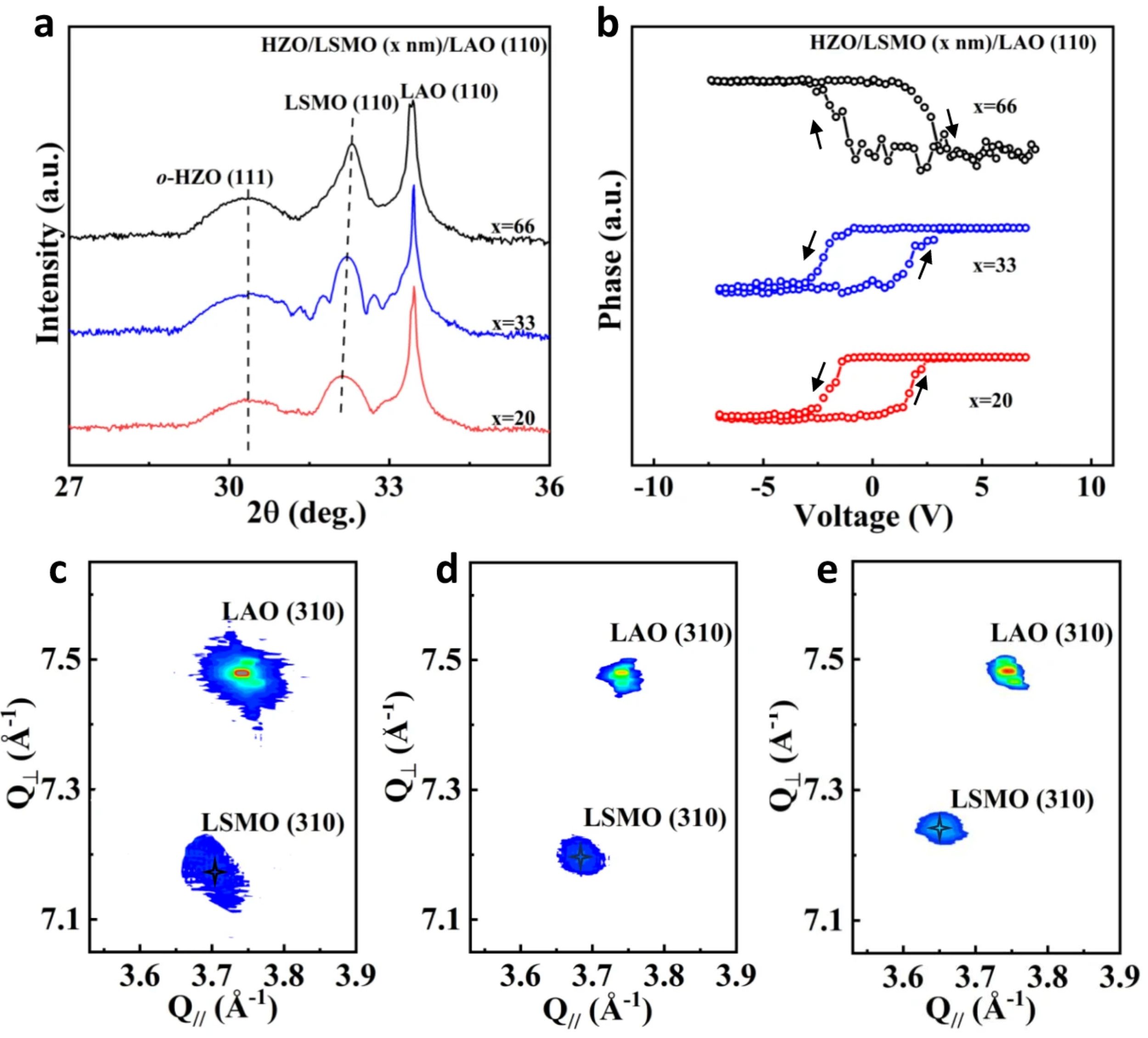
Tunable and parabolic piezoelectricity in hafnia under epitaxal strainMon May 19 2025
#Piezoelectrics are a class of #functionalmaterials that have been extensively used for application in modern electro-mechanical and mechatronics technologies. *
The sign of longitudinal piezoelectric coefficients is typically positive but recently a few ferroelectrics, such as ferroelectric polymer poly(vinylidene fluoride) and van der Waals ferroelectric CuInP2S6, were experimentally found to have negative piezoelectricity.
In the article “Tunable and parabolic piezoelectricity in hafnia under epitaxial strain” Hao Cheng, Peijie Jiao, Jian Wang, Mingkai Qing, Yu Deng, Jun-Ming Liu, Laurent Bellaiche, Di Wu and Yurong Yang, using first-principles calculation and measurements, show that the sign of the longitudinal linear piezoelectric coefficient of HfO2 can be tuned from positive to negative via epitaxial strain. *
Nonlinear and even parabolic piezoelectric behaviors are further found at tensile epitaxial strain. *
This parabolic piezoelectric behavior implies that the polarization decreases when increasing the magnitude of either compressive or tensile longitudinal strain, or, equivalently, that the strain increases when increasing the magnitude of electric field being either parallel or antiparallel to the direction of polarization. The unusual piezoelectric effects are from the chemical coordination of the active oxygen atoms. *
These striking piezoelectric features of positive and negative sign, as well as linear and parabolical behaviors, expand the current knowledge in piezoelectricity and broaden the potential of piezoelectric applications towards electro-mechanical and communications technology. *
@NanoWorld Pt/Ir coated Pointprobe® EFM AFM probes were used for the sample #characterization by switching spectroscopy PFM measurements.
Switching spectroscopy PFM measurements were performed on the bare HZO film surface at room temperature with NanoWorld Pointprobe® EFM in a commercially available atomic force microscope, while the LSMO electrode was grounded.
Please have a look at the NanoWorld blog for the full citation and a direct link to the full article.


NanoWorld® Arrow-EFM conductive AFM probes were used in this articleThu May 15 2025
NanoWorld® Arrow-EFM conductive #AFMprobes https://www.nanoworld.com/electrostatic-force-microscopy-afm-tip-arrow-efm were used for the #PiezoresponseForceMicroscopy ( #PFM) that was used to evaluate the polarization configuration of a wrinkled BTO membrane in the article:
Jie Wang, Zhen Liu, Qixiang Wang, Fang Nie, Yanan Chen, Gang Tian, Hong Fang, Bin He, Jinrui Guo, Limei Zheng, Changjian Li, Weiming Lü and Shishen Yan
Ultralow Strain-Induced Emergent Polarization Structures in a Flexible Freestanding BaTiO3 Membrane
Advanced Science, Volume 11, Issue 25, July 3, 2024, 2401657
Find out more in the NanoWorld blog: https://www.nanoworld.com/blog/ultralow-strain-induced-emergent-polarization-structures-in-a-flexible-freestanding-batio3-membrane/ or refer directly to the original article cited above.


NANOSENSORS™ PointProbe Plus PPP-NCHAuD AFM Probes were used in this articleThu May 15 2025
NANOSENSORS™ PointProbe Plus PPP-NCHAuD AFM Probes ( https://www.nanosensors.com/pointprobe-plus-non-contact-tapping-mode-high-resonance-frequency-au-coating-detector-side-afm-tip-PPP-NCHAuD with gold coating on the detector side) were used for the #frequencymodulationatomicforcemicroscopy (FM-AFM) and #atomicforcemicroscopy ( #AFM) described in the article “Visualization of Electrolyte Reaction Field Near the Negative Electrode of a Lead Acid Battery by Means of Amplitude/Frequency Modulation Atomic Force Microscopy” by Yuki Suzuki, Yuki Imamura, Daiki Katsube, Akinori Kogure, Nobumitsu Hirai and Munehiro Kimura.
Yuki Suzuki, Yuki Imamura, Daiki Katsube, Akinori Kogure, Nobumitsu Hirai and Munehiro Kimura
Visualization of Electrolyte Reaction Field Near the Negative Electrode of a Lead Acid Battery by Means of Amplitude/Frequency Modulation Atomic Force Microscopy
Materials 2023, 16(6), 2146


Happy birthday, Prof. Gerber!Thu May 15 2025
It’s the 15th of May again and it’s time for us to celebrate another birthday of professor Christoph Gerber. Thank you for your contributions to the invention of the Atomic Force Microscope and to the entire field of Nanoscience!
Happy birthday, Prof. Gerber!


sQube® colloidal AFM probes CP-CONT-PS-B and CP-PNPL-SiO-B with soft AFM cantilevers and small colloidal particles in the range of 3.5 μm help the researchers assess the cell nuclei stiffnessThu May 15 2025
“Eukaryotic cells show an astounding ability to remodel their shape and cytoskeleton and to migrate through pores and constrictions smaller than their nuclear diameter… Our results contribute to a more comprehensive mechanistic understanding of the complex interplay between confinement, the nucleus, and the cytoskeleton during mesenchymal cell migration.”
Our colloidal AFM probes CP-CONT-PS-B and CP-PNPL-SiO-B with soft AFM cantilevers and small colloidal particles in the range of 3.5 μm help the researchers assess the cell nuclei stiffness and conclude that it can be considered as an elastic object with a Poisson ratio of approx. 0.40.


BudgetSensors® All-In-One-DD AFM tips are used to check the electrical connectionsWed May 14 2025
This work presents a new method for deterministic transfer of nanowires for fabricating devices for 2D materials characterization and microcircuit repair through AFM nanomanipulation. Our conductive diamond coated All-In-One-DD AFM tips are used to check the electrical connections. The achieved contact resistances are in the range of a few ohms.


An image of an OSC-elastomer blend, acquired with MikroMasch® SelfAdjust-Air probesMon May 12 2025
Check out this cool image of an OSC-elastomer blend, acquired with our new SelfAdjust probes! The distinct mechanical properties of the two polymers are visible, with a stiff and a soft component. SelfAdjust probes are a budget-friendly option, featuring cantilevers designed for compatibility with the Bruker ScanAsyst®* self-optimization mode.
Get your free sample today here, and start imaging - https://www.spmtips.com/afm-tip-selfadjust-air-for-scanasyst-in-air
*ScanAsyst® is a trademark of Bruker Corporation.

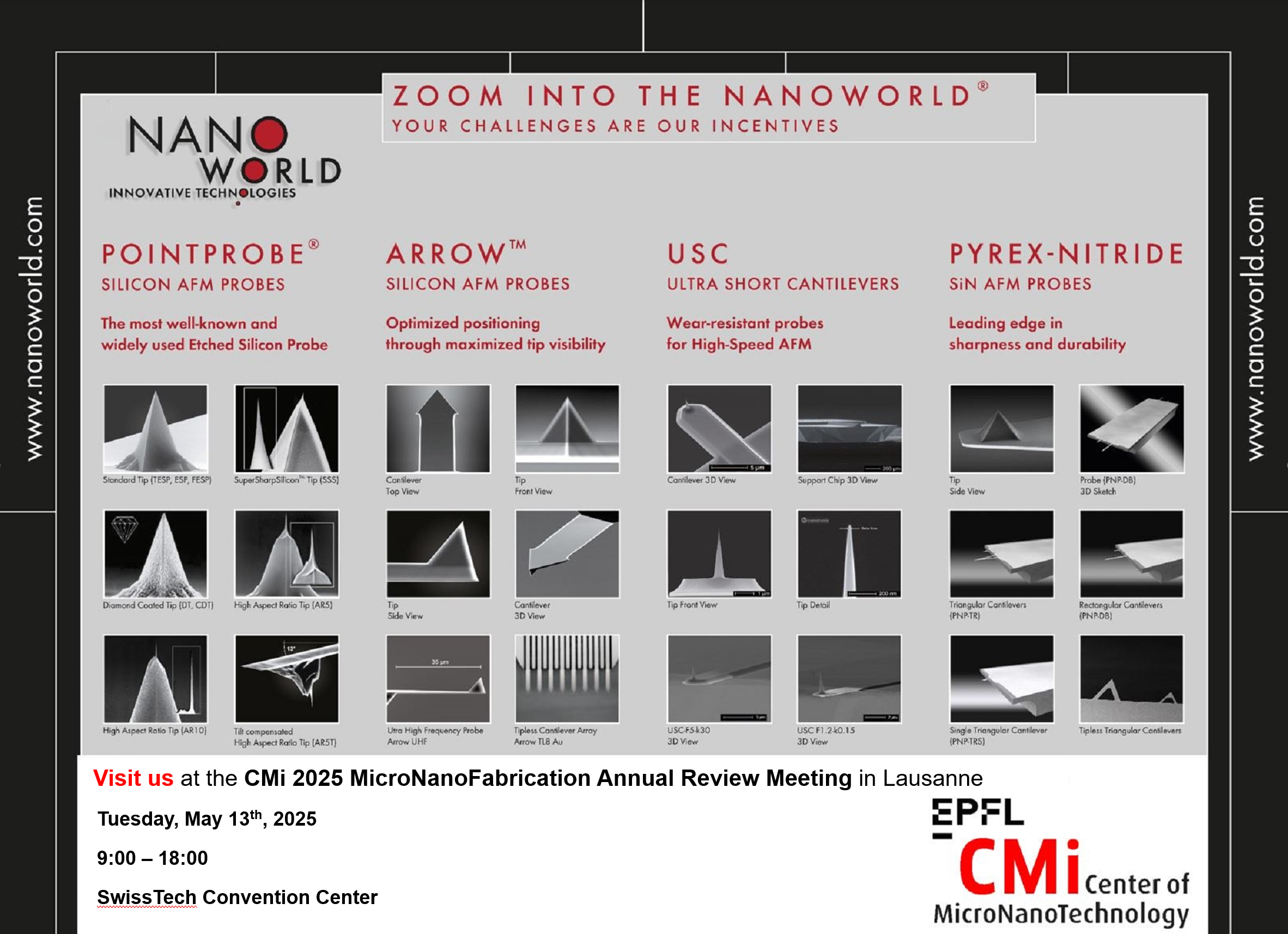
NanoWorld at MicroNanoFabrication Annual Review Meeting – 24th Edition in LausanneMon May 12 2025
Come and visit our booth NanoWorld at the EPFL CMi 2025 MicroNanoFabrication Annual Review Meeting https://cmi-events.epfl.ch/at the SwissTech Convention Center in Lausanne next Tuesday May 13, 2025 to learn more about our #AFMprobes. We’re looking forward to seeing you.


MikroMasch® SelfAdjust-Air AFM probes compatible with the Bruker ScanAsyst®* modeFri May 09 2025
Our new SelfAdjust-Air AFM probes, with their specially optimized Q-factor and force constant are an excellent budget-friendly solution, compatible with the Bruker ScanAsyst®* mode. Their small tip radius and small price will also make sure you get quality images on a budget! Get yours now and start imaging ASAP!
*ScanAsyst® is a trademark of Bruker Corporation.


sQube® CP‐qp‐CONT‐BSG‐B colloidal AFM probes are used to assess the stiffness in human and mouse aortic valve tissuesMon Apr 28 2025
Our CP‐qp‐CONT‐BSG‐B colloidal AFM probes are used to assess the stiffness in human and mouse aortic valve tissues in this study on uncovering the molecular mechanisms behind aortic valve stenosis (AVS).


A protocol to profile the structure and composition of individual EVs with the help of BudgetSensors® gold coated Tap300GB-G AFM probesTue Apr 22 2025
“Extracellular vesicles (EVs) are nanosized particles that… play a key role in intercell communication and are used as transport vehicles for various cell components… We introduce a protocol to profile the structure and composition of individual EVs with the help of atomic force microscopy infrared spectroscopy (AFM-IR), a nanoscale chemical imaging technique” and BudgetSensors® gold coated Tap300GB-G AFM probes.

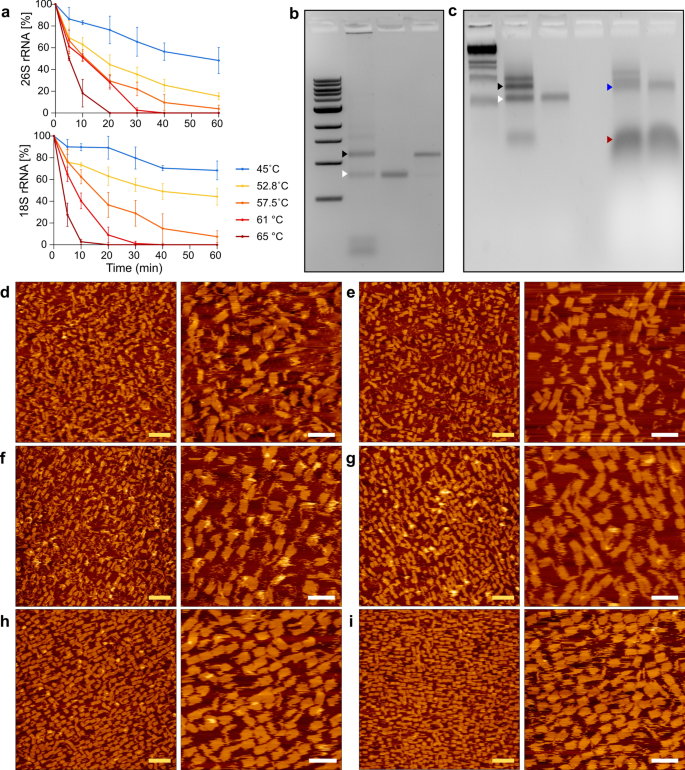
The samples in this article were scanned in 1 mL folding buffer in AC and HyperDrive mode using NanoWorld d Ultra-Short AFM cantileversMon Apr 14 2025
The samples in this article by Anastasia Shapiro et al. (2024 ) were scanned in 1 mL folding buffer in AC and HyperDrive mode using NanoWorld d Ultra-Short AFM cantilevers with force constant 0.3 N/m (USC-F0.3-k0.3 https://www.nanoworld.com/Ultra-Short-Cantilevers-USC-F0.3…
Anastasia Shapiro, Noah Joseph, Nadav Mellul, Almogit Abu-Horowitz, Boaz Mizrahi and Ido Bachelet
Folding molecular origami from ribosomal RNA
Journal of Nanobiotechnology, Volume 22, article number 218, (2024)


Check how NANOSENSORS™ PointProbePlus PPP-NCL AFM cantilevers were used as sensorsFri Apr 11 2025
Check this from NANOSENSORS :
"The room-temperature #ncAFM measurements in this article by Antoine Hinaut et al. (2024), were performed with a home-built noncontact #atomicforcemicroscope and NANOSENSORS PointProbePlus PPP-NCL AFM cantilevers were used as sensors (typical resonance frequencies of f1 = 150 kHz, f2 = 1 MHz, ft = 1.6 MHz, and oscillation amplitudes A1 = 2–5 nm, A2 = 400–800 pm, and At = 40–80 nm for first and second torsional eigenmodes, respectively).
Antoine Hinaut, Sebastian Scherb, Xuelin Yao, Zhao Liu, Yiming Song, Lucas Moser, Laurent Marot, Klaus Müllen, Thilo Glatzel, Akimitsu Narita and Ernst Meyer
Stable Au(111) Hexagonal Reconstruction Induced by Perchlorinated Nanographene Molecules
The Journal of Physical Chemistry C, 2024, 128, 44, 18894–18900
Buy them here: https://www.nanoandmore.com/eu/AFM-Probe-PPP-NCLPt…


"Cell migration plays a key role in physiological processes such as wound healing, immune response, and cancer metastasis."Mon Mar 31 2025
“Eukaryotic cells show an astounding ability to remodel their shape and cytoskeleton and to migrate through pores and constrictions smaller than their nuclear diameter… Here, we study the mechanics and dynamics of mesenchymal cancer cell nuclei transitioning through three-dimensional compliant hydrogel channels. “
CP-PNPL-SiO-B and CP-CONT-PS-B colloidal AFM probes are used to assess the mechanical properties of the hydrogel and the cell nuclei.


Interfacial Engineering with One-Dimensional Lepidocrocite TiO2-Based Nanofilaments for High-Performance Perovskite Solar CellsMon Mar 31 2025
The #photoconductiveatomicforcemicroscopy ( #pcAFM )measurements described in this article were taken in air, using conductive PtIr-coated @NanoWorld Pointprobe® CONTPt silicon #AFMtips. https://www.nanoworld.com/contact-mode-platinum-coated…
Shrabani Panigrahi, Hussein O. Badr, Jonas Deuermeier, Santanu Jana, Elvira Fortunato, Rodrigo Martins and Michel W. Barsoum
Interfacial Engineering with One-Dimensional Lepidocrocite TiO2-Based Nanofilaments for High-Performance Perovskite Solar Cells
ACS Omega 2024, 9, 51, 50820–50829

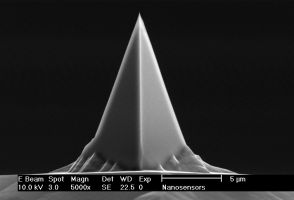
Conserved structures and dynamics in 5′-proximal regions of Betacoronavirus RNA genomesSat Mar 29 2025
#AFM imaging in tapping mode in air was performed with @NANOSENSORS PointProbe® Plus PPP-NCH #AFMprobes https://www.nanosensors.com/pointprobe-plus-non-contact…
For the liquid experiments the 0.3 N/m #AFMcantilever with 90 kHz resonance frequency of the @NANOSENSORS uniqprobe qp-BioAC https://www.nanosensors.com/uniqprobe-uniform-quality… was used.
Tales Rocha de Moura, Elżbieta Purta, Agata Bernat, Eva M Martín-Cuevas, Małgorzata Kurkowska, Eugene F Baulin, Sunandan Mukherjee, Jakub Nowak, Artur P Biela, Michał Rawski, Sebastian Glatt, Fernando Moreno-Herrero and Janusz M Bujnicki
Conserved structures and dynamics in 5′-proximal regions of Betacoronavirus RNA genomes
Nucleic Acids Research, Volume 52, Issue 6, 12 April 2024, Pages 3419–3432


Looking for elusive quantum particles? Try a bad metal, researchers suggestTue Mar 25 2025
A study of hyperbolic plasmon polaritons in Molybdenum Oxide Dichloride (MoOCl2) with s-SNOM
“Bad metals may make for poor electrical conductors, but it turns out that they make good quantum materials… Bad metals might not be so bad after all.” 

















